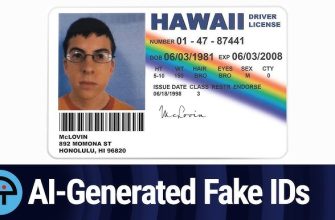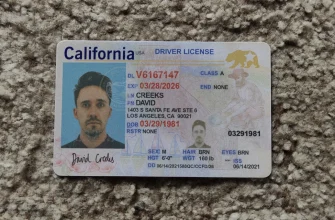Passports are essential travel documents that contain critical personal information, including name, date of birth, nationality, and other biographical data. To process passports accurately and efficiently, passport control agencies and border control authorities worldwide rely on optical character recognition (OCR) technology. In this article, we will provide a guide to OCR for passports, including how it works, its benefits, and best practices for implementation.
What is OCR technology?
OCR technology is a software technology that allows printed text to be scanned and converted into digital text. It is widely used in various industries, including travel and tourism, to automate the process of data entry. OCR software can scan physical documents, such as passports, and convert them into digital text that can be easily processed and integrated into a database.
Benefits of OCR technology for passports
- Increased efficiency: OCR technology automates the process of passport processing, saving time and reducing the risk of errors. This allows passport control agencies and border control authorities to process passports faster and more efficiently.
- Improved accuracy: OCR technology ensures that data is captured accurately, reducing the risk of errors that can occur with manual data entry.
- Enhanced security: OCR technology ensures that passport data is captured accurately and securely, reducing the risk of fraud and identity theft.
- Improved data analytics: OCR technology can capture data from physical documents that may not be available in databases, providing passport control agencies and border control authorities with a more complete picture of travelers.
How OCR technology works for passports
OCR technology for passports works by scanning the machine-readable zone (MRZ) located at the bottom of the passport. The MRZ contains the passport holder’s personal information, including name, date of birth, and nationality, in a standardized format. The OCR software uses advanced algorithms to recognize the characters in the MRZ and convert them into digital text. The digital text is then verified against the passport database, and if there is a match, the passport is considered valid.
Best practices for using OCR technology for passports
To ensure the best results from OCR technology for passports, passport control agencies and border control authorities should follow these best practices:
- Choose a reputable OCR provider that specializes in passport data capture.
- Ensure that the OCR software can capture data accurately from various types of passports and MRZ formats.
- Develop a clear workflow for integrating OCR technology into passport control and border control systems.
- Train staff on how to use OCR technology effectively.
- Continuously monitor the accuracy of OCR data to ensure it is capturing data accurately.
In conclusion, OCR technology is a powerful tool for passport control agencies and border control authorities looking to process passports accurately and efficiently. By automating the process of data entry, OCR technology saves time, improves accuracy, and enhances security. Passport control agencies and border control authorities should consider implementing OCR technology for passports to improve their passport processing processes and enhance border security. By following best practices, they can ensure they are getting the most out of their OCR technology investment.




